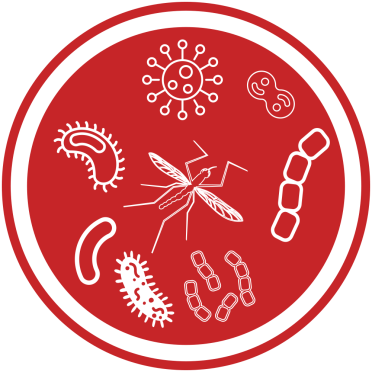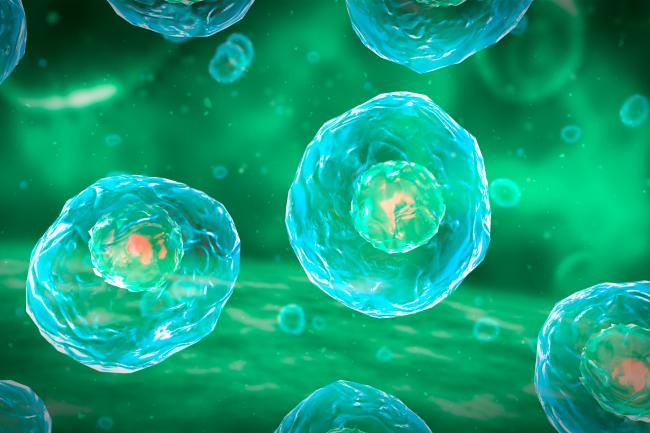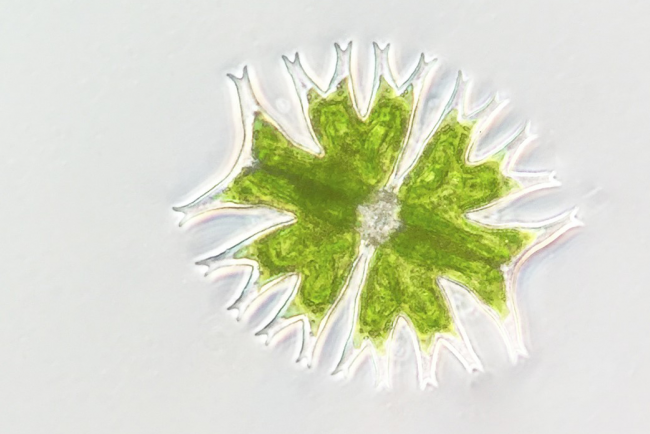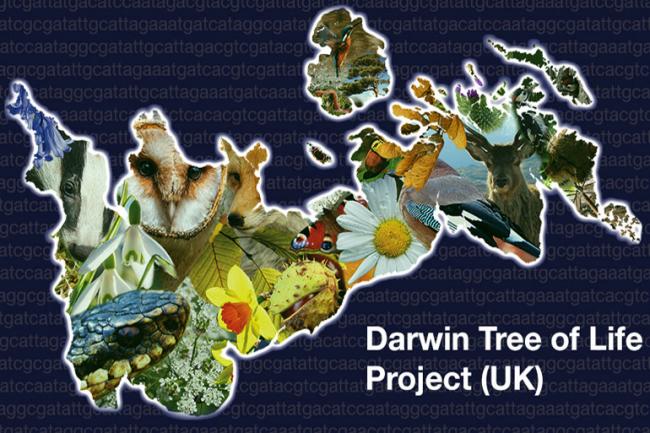Trichomonas vaginalis and Trichomonas gallinae are just two among a number of devastating pathogens that affect humans and other animals alike. Low, along with other scientists in the group, work on other common pathogens such as trypanosomes, which cause deadly diseases including African sleeping sickness and Chagas disease.
What we learn from any of these protists - and the oddities of their genomes - can help us to find better ways of learning about and fighting back against them.
“The more you understand about a parasite and how it functions, the more hopefully the more opportunities you have to develop tools that can interfere with it,” says Warring. “Protist parasites are eukaryotic, like humans, so you have to be really careful that the things you're using to treat the parasite don't have off-target effects in the host.
“The more things we can find that might be specific to the parasite, the greater the chance we’ll figure out a way to use that to our advantage to control the parasite.”
For both Warring and Low, the power of genomics - the study of DNA and the development of novel protocols and discoveries - is a powerful tool to tackle not only parasites such as trichomonas but to help the advancement of science.
“I get asked all the time: ‘why do you bother doing what you do?’,” says Warring. “‘What's the point of another genome?’
“When I started working on trichomonas, one of the reasons I could do the work I did was because my supervisor, Professor Jane Carlton, had already sequenced the genome, so that genome sequence was available to us.
“I think that's the whole point of producing genomes and genomic data - they’re not just for my own use. I might use them, but I'm producing them for the community to use. They're tools for the community that can solve problems now and in the future.”















